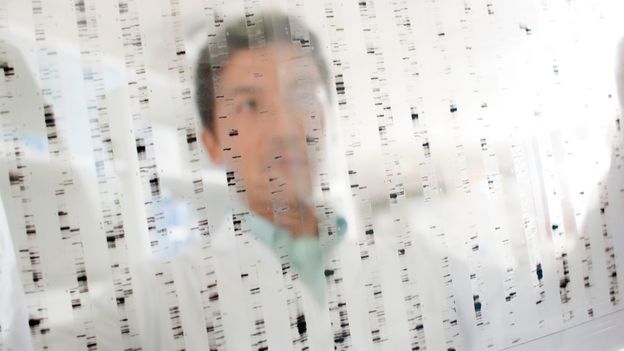
In one tiny town, more than a dozen people were diagnosed with the rare neurodegenerative disease ALS. Why?

In one tiny town, more than a dozen people were diagnosed with the rare neurodegenerative disease ALS. Why?

Proteins are often visualized as cascades of curled ribbons and twisted strings, which both reveal and conceal the mess of atoms that make up these impossibly complex molecules.

Sébastien Calvignac-Spencer searches museum jars for genetic traces of flu, measles and other viruses. Their evolutionary stories can help treat modern outbreaks and prepare for future ones.

No human genome has ever been read in its entirety before. This year, scientists expect to pass that milestone for the first time.

Racial categories are crude maps imposed on human biological variation. How do scientists square them with genetics?

New way of altering DNA is used to engineer an "exciting", experimental therapy for a 13-year-old girl.

What do infectious diseases, T-cells, tomatoes, heart failure, sickle cell anemia and sorghum harvests have in common?
No need to worry about getting stuck in local minima anymore

Real-time pathogen detection, microbiome characterization and outbreak detection for researchers
Genetic Science Learning Center

Training an end-to-end differentiable, self-organising cellular automata model of morphogenesis, able to both grow and regenerate specific patterns.
How one nonprofit’s mailroom is making tinkering with genomes as easy as shopping at Amazon.

Researchers have developed “prime editing,” a true search-and-replace function for DNA.